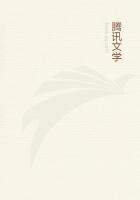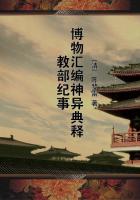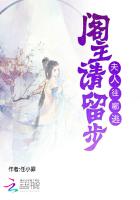At the end are usually to be found the hymns of the Three Children, and others from the Bible together with the Te Deum; and sometimes, in late examples, a litany. In some psalters the calendar is at the end. These Psalters, and the Bibles described above, are very frequently of English work; more frequently, that is, than the books of Hours and Missals. The study of the Scriptures was evidently more popular in England than in the other countries of Europe during the Middle Ages; and the early success of the Reformers here, must in part, no doubt, be attributed to the wide circulation of the Bible even before it had been translated from the Latin. I need hardly, perhaps, observe that even fragments of a Psalter, a Testament, or a Bible in English, are so precious as to be practically invaluable.
3. We are indebted to Sir W. Tite for the following collation of a Flemish "Book of Hours":-1. The Calendar.
2. Gospels of the Nativity and the Resurrection.
3. Preliminary Prayers (inserted occasionally).
4. Horae--(Nocturns and Matins).
5. (Lauds).
6. (Prime).
7. (Tierce).
8. (Sexte).
9. (None).
10. (Vespers).
11. (Compline).
12. The seven penitential Psalms 13. The Litany.
14. Hours of the Cross.
15. Hours of the Holy Spirit.
16. Office of the Dead.
17. The Fifteen Joys of B. V. M.
18. The seven requests to our Lord.
19. Prayers and Suffrages to various Saints.
20. Several prayers, petitions, and devotions.
This is an unusually full example, but the calendar, the hours, the seven psalms, and the litany, are in almost all the MSS. The buyer must look carefully to see that no miniatures have been cut out; but it is only by counting the leaves in their gatherings that he can make sure. This is often impossible without breaking the binding.
The most valuable "Horae" are those written in England. Some are of the English use (Sarum or York, or whatever it may happen to be), but were written abroad, especially in Normandy, for the English market. These are also valuable, even when imperfect. Look for the page before the commencement of the Hours (No. 4 in the list above), and at the end will be found a line in red,--"Incipit Horae secundum usum Sarum," or otherwise, as the case may be.
4. Missals do not often occur, and are not only very valuable but very difficult to collate, unless furnished with catch-words or signatures. But no Missal is complete without the Canon of the Mass, usually in the middle of the book, and if there are any illuminations throughout the volume, there will be a full page Crucifixion, facing the Canon. Missals of large size and completeness contain--(1) a Calendar; (2) "the proper of the Season;" (3) the ordinary and Canon of the Mass; (4) the Communal of Saints; (5) the proper of Saints and special occasions; (6) the lessons, epistles, and gospels; with (7) some hymns, "proses," and canticles. This is Sir W. Tite's list; but, as he remarks, MS. Missals seldom contain so much. The collector will look for the Canon, which is invariable.
Breviaries run to an immense length, and are seldom illuminated. It would be impossible to give them any kind of collation, and the same may be said of many other kinds of old service-books, and of the chronicles, poems, romances, and herbals, in which mediaeval literature abounded, and which the collector must judge as best he can.
The name of "missal" is commonly and falsely given to all old service-books by the booksellers, but the collector will easily distinguish one when he sees it, from the notes I have given. In a Sarum Missal, at Alnwick, there is a colophon quoted by my lamented friend Dr. Rock in his "Textile Fabrics." It is appropriate both to the labours of the old scribes and also to those of their modern readers:-"Librum Scribendo--Jon Whas Monachus laborabat -Et mane Surgendo--multum corpus macerabat."
It is one of the charms of manus that they illustrate, in their minute way, all the art, and even the social condition, of the period in which they were produced. Apostles, saints, and prophets wear the contemporary costume, and Jonah, when thrown to the hungry whale, wears doublet and trunk hose. The ornaments illustrate the architectural taste of the day. The backgrounds change from diapered patterns to landscapes, as the modern way of looking at nature penetrates the monasteries and reaches the orium where the illuminator sits and refreshes his eyes with the sight of the slender trees and blue distant hills. Printed books have not such resources. They can only show varieties of type, quaint frontispieces, printers' devices, and fleurons at the heads of chapters. These attractions, and even the engravings of a later day, seem meagre enough compared with the allurements of manus. Yet printed books must almost always make the greater part of a collection, and it may be well to give some rules as to the features that distinguish the productions of the early press.
But no amount of "rules" is worth six months' practical experience in bibliography. That experience the *******, if he is wise, will obtain in a public library, like the British Museum or the Bodleian.
Nowhere else is he likely to see much of the earliest of printed books, which very seldom come into the market.














